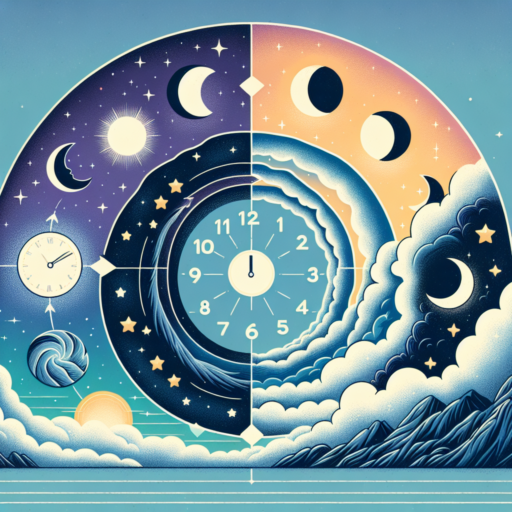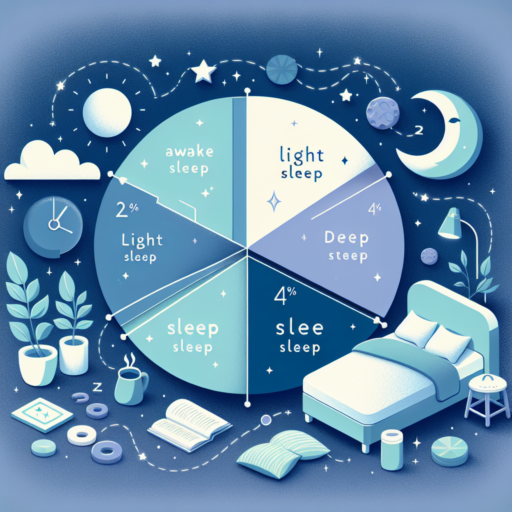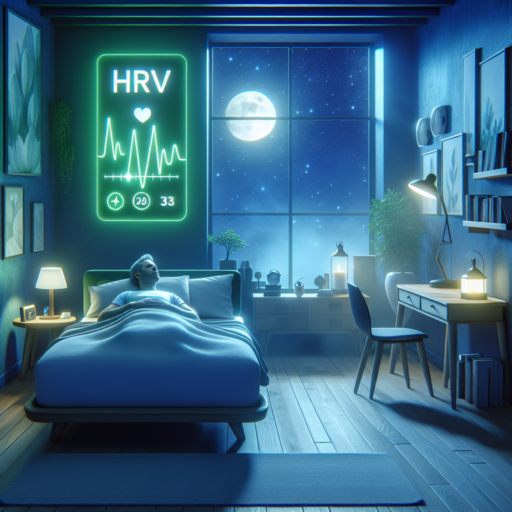Is light sleep as good as deep sleep?
When discussing sleep quality, the value and roles of light sleep versus deep sleep often surface in the conversation. The common misconception that deep sleep is the only beneficial stage for a restorative night’s rest overlooks the critical functions performed during lighter sleep cycles. Light sleep, encompassing the first and second stages of the non-REM sleep cycle, prepares the body for deep sleep but also has its intrinsic benefits.
One significant aspect of light sleep is its role in memory consolidation. While deep sleep is credited with solidifying complex memories and skills, light sleep contributes to the processing and reinforcement of day-to-day memories. This stage of sleep helps in linking new information with existing memories, making light sleep just as crucial for cognitive function as its deeper counterpart.
Moreover, light sleep serves as a transitional phase that constitutes 50-60% of an adult’s total sleep. It’s during these moments that the body begins to relax, heart rate and breathing slow down, and muscles start to loosen. This reduction in bodily function points to light sleep’s role in physical restoration, albeit to a lesser extent compared to deep sleep. Despite its seemingly passive nature, light sleep is actively involved in strengthening the immune system and recovering from daily wear and tear.
No se han encontrado productos.
How many hours of light sleep is normal?
Understanding the role and the normal amount of light sleep within the sleep cycle is crucial for maintaining overall health and well-being. Light sleep, which occurs at the beginning of the sleep cycle and in-between deeper stages of sleep, acts as a bridge to deeper sleep stages and has its own set of benefits, including memory consolidation and physical restoration. Generally, adults spend 50% to 60% of their total nightly sleep in this light sleep stage.
The exact hours of light sleep can vary significantly among individuals due to factors such as age, lifestyle, and health conditions. On average, for a healthy adult achieving 7 to 9 hours of sleep per night, approximately 3.5 to 5.4 hours of light sleep could be considered normal. This stage of sleep helps to prepare the body for the deep sleep that is crucial for restorative functions. It’s important to appreciate the variability and personal nature of sleep patterns, recognizing that what is «normal» can widely differ.
Monitoring sleep patterns through wearable technology or sleep studies can offer insights into one’s specific sleep cycles, including the amount of light sleep achieved nightly. While aiming for a balanced sleep cycle, it’s beneficial to focus not only on the quantity but also the quality of sleep, incorporating healthy sleep habits and environments conducive to restful nights. Emphasizing regular sleep schedules, a comfortable sleep environment, and stress management techniques can enhance the proportion of restorative deep sleep, as well as the overall sleep experience.
Are you actually asleep during light sleep?
Exploring the mysterious realm of sleep stages, particularly the light sleep phase, often raises the intriguing question: Are you actually asleep during light sleep? This stage, also known as stage 1 and 2 in the sleep cycle, bridges the gap between wakefulness and deeper stages of sleep. Understanding the nuances of light sleep reveals its vital role in our sleep architecture and overall health.
During light sleep, the body begins to transition from the wakeful state into a more restorative phase. Physiologically, this stage is marked by a decrease in heart rate, breathing rate, and muscle activity. Although it’s easier to be awakened in this phase compared to deeper sleep stages, evidence suggests that the brain and body are indeed in the initial stages of sleep. This is confirmed through the analysis of brain wave patterns, which show a distinct change from the wakefulness to light sleep.
Furthermore, light sleep acts as the entry point to more profound stages of slumber, such as deep sleep and REM sleep, which are essential for physical and mental restoration. In this transitional phase, the body is not merely resting but engaging in critical processes important for memory consolidation, cognitive function, and physical recovery. Despite its seemingly passive role, light sleep contributes significantly to the overall quality of sleep and health.
Is it better to sleep with light?
The question of whether sleeping with light is preferable has garnered significant attention from both sleep scientists and those interested in optimizing their sleep environment. The impact of light on sleep quality is a significant consideration due to the deep connection between light exposure and our circadian rhythms. Light exposure, especially at night, can have profound effects on our body’s internal clock, potentially leading to disrupted sleep patterns.
Research indicates that darkness is conducive to the production of melatonin, a hormone essential for regulating sleep-wake cycles. Natural light diminishes as the sun sets, signaling our bodies to prepare for sleep. Artificial light, however, especially blue light emitted from screens and LED bulbs, can significantly interfere with this natural process, impacting the quality of sleep. This suggests that minimizing light exposure before bedtime could be crucial for a restful night.
However, not all light exposure at night is detrimental. For individuals who may need to navigate the environment during the night, such as parents of young children or those with certain medical conditions, a minimal amount of dim light could be beneficial. The key is finding the right balance between safety and preserving the natural sleep cycle.




